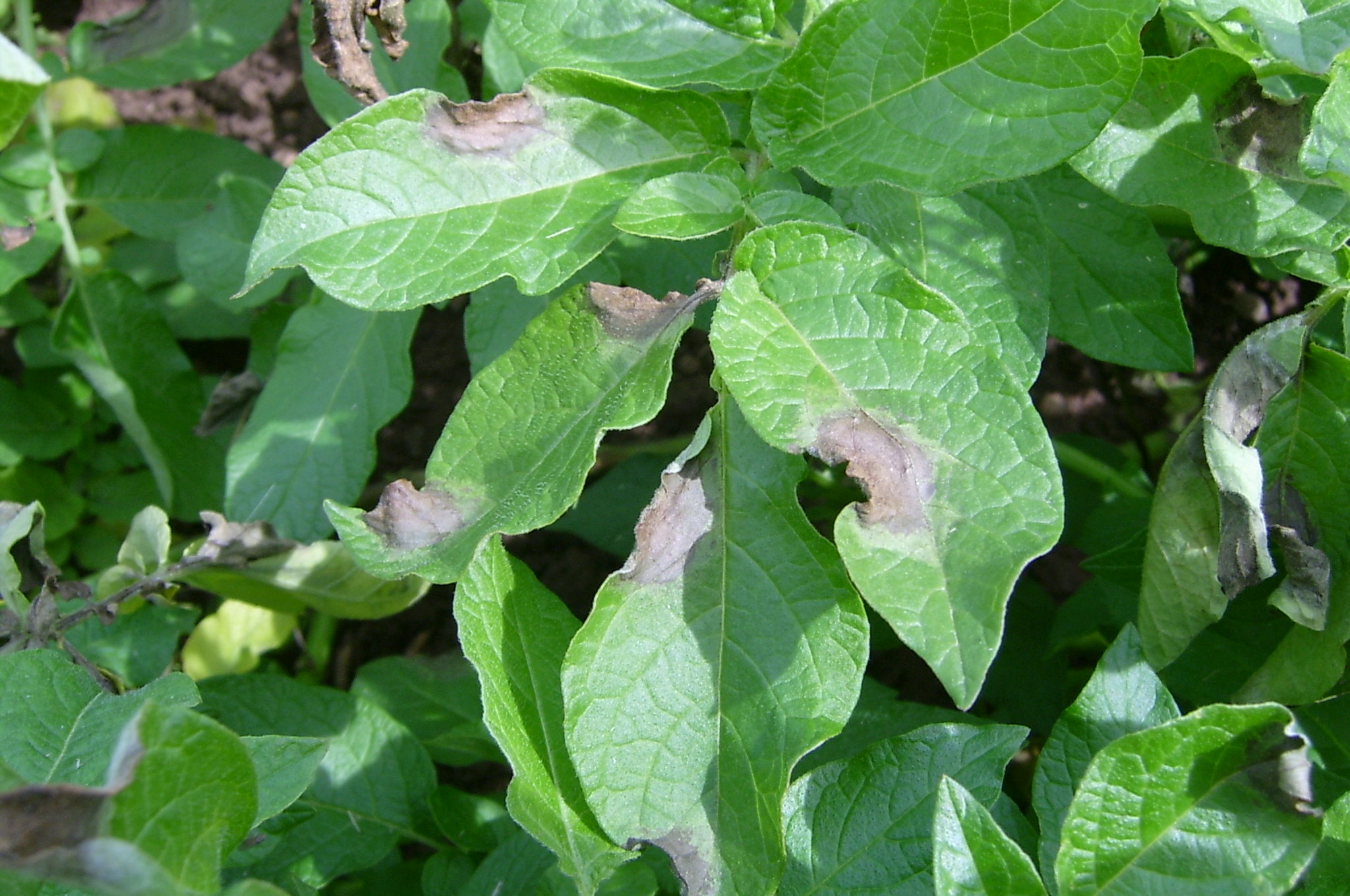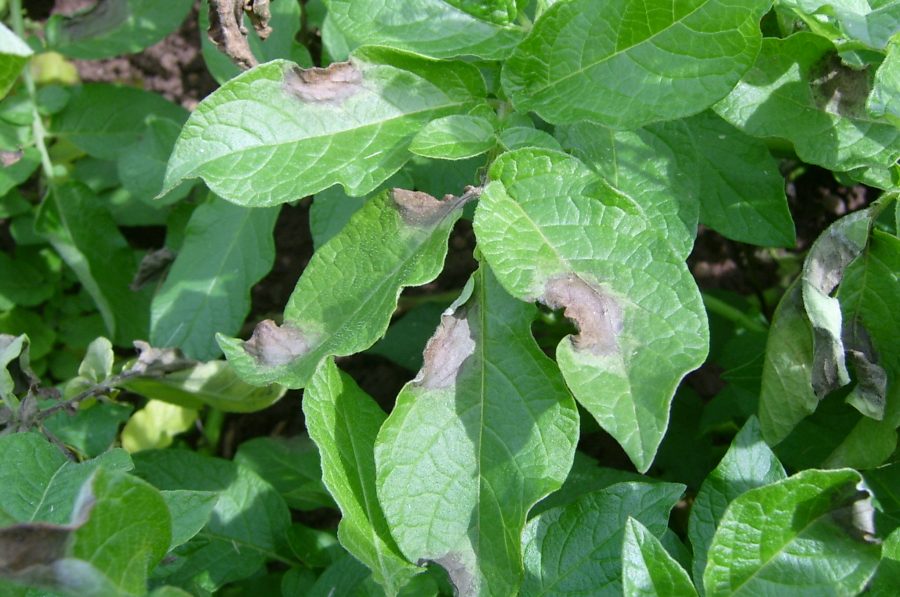
Potato crops are at high risk of blight, given the high temperature and humidity in recent weeks, but waterlogged soils could make it difficult to apply sprays in a timely fashion. CPM reports.
Hutton Criteria disease warnings (based on weather risks) have been declared across much of the country, and with the crop at the critical rapid canopy growth stage robust protection is likely to be needed.
Late potato blight is a very damaging disease affecting foliage, stems and tubers. Recent changes to more dominant aggressive strains plus emergence of tolerance to fluazinam have made control strategies more challenging for growers.
Where sprays have been postponed by the conditions, a product with some curative activity will help tackle any blight infection already developing in the crop, says Craig Chisholm at Corteva Agriscience.
“Choosing an active ingredient with curative properties will ensure growers claw back some of the days of lost protection.”
Flexibility is key
Flexibility on timing future sprays is also part of the conundrum. “The efficacy of most blight sprays burns out after seven days which will be a problem if the wet and windy weather persists and sprayers can’t get on the field.
“By including a molecule such as oxathiapiprolin (Zorvec) in a programme, growers will be better able to cope with inclement weather as the 10-day spray interval provides flexibility for growers.”
To tackle potential resistance issues and maintain the efficacy of existing active ingredients, Dominic Lamb at Gowan advises growers to include a zoxamide spray in their programmes.
“Bringing diversity into the blight control programme makes good sense when it comes to resistance management,” he says.
Multi-site action
“I always advise growers to integrate fungicides with different modes of action and those with multi-site activity.”
For example, Electis 75 WG contains two complimentary active ingredients: Zoxamide and mancozeb from two different chemical groups, explains Dominic.
“This way blight is effectively controlled and it ensures that individual fungicide groups are not put under too much pressure. We must use the existing range of available products more wisely than we have been doing in the past.”
For more information visit blightwatch.co.uk.




